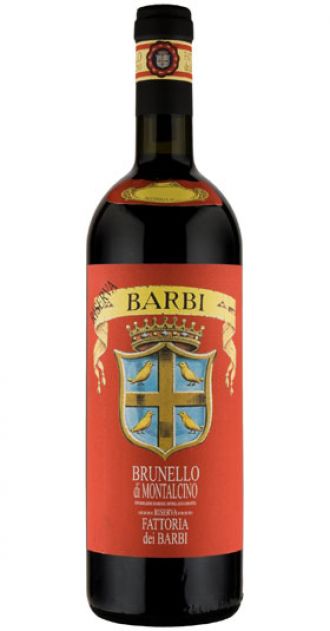Brick red in colour with earthy brown edges with pronounced aromas offering an array of red and black berry fruits, spices and oak. On the palate, full-bodied, structured tannins and an everlasting, elegant finish.
Delivery Charges
*Local Free Delivery: SL3 and SL4 postcode (Windsor/Datchet)
*Local Free Delivery: All SL (Except SL7), HP9, GU25, TW18, TW19 & TW20 postcodes. (Min. 6 bottles or 1 Hamper or 1 of our selected Wine cases purchased)
- England and Wales £12.00
- England and Wales Free Delivery (Over £200 purchased)
- Northern Ireland £30 (All BT postcodes)
- Scotland £15.00 (EH, FK, G, KA, KY, ML, DG and TD postcodes)
- Scottish Highlands and Islands £ 30.00 (All AB; DD; HS; IV; KW; KA27-28; PA; PH; TR21-25; ZE postcodes)
More Information
Sangiovese
Sangiovese dominates red wine making in central Italy. Its name is said to derive from ‘sanguis Jovus’, or the ‘blood of Jove’. Giacomo Tachis once said that the story of Tuscan wine is the story of Sangiovese and the way in which it has adapted to different soils and climates. This story has become all the more compelling in the past two decades as the higher yielding clones of the post war years, planted in lesser sites (as volume was prized over quality in the 1950s, a time when there was a shortage of wine) have given way to lower vigour clones with smaller berries and looser bunches. The last two decades have seen it emerge as one of the greatest grapes of the peninsula, especially as top producers like Isole e Olena, Fontodi, Costanti and others have used a massal rather than a clonal selection to re-plant their vineyards. This gives them clones that perform well in their own soil and climate, an important consideration with an unstable and temperamental variety like Sangiovese. It is far more sensitive to site, and far less clonally stable, than other temperamental varieties like Pinot Noir and Nebbiolo. Better clones, better vineyard management, lower yields and a more discerning eye to quality have all resulted in a proliferation of high quality wines emerging from Chianti. The rest of the world has noticed, and promising plantings, with the newer clones, can now also be found in California and Australia‘s Heathcote region.











